Good Night everyone for all of our friends who are at Blurtter and have been joining Blurtter for a long time, hopefully we are always healthy and can always carry out activities as usual. So on this occasion I want to write a little bit about Handsome Trig | Photography | Macro hopefully later it can become a memory for myself, and for other friends who are already married, don't forget to also give directions and input if later in my writing there are still words- words that are not polite, therefore I apologize once again.
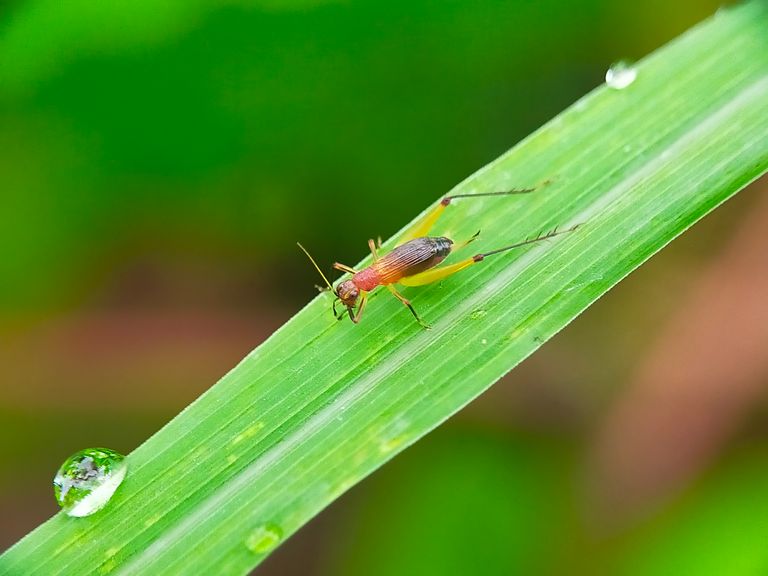
Hello everyone, how are you in this bright emotion, hopefully at this time we are always healthy, and can do all activities as usual. On this occasion I will write a little about one of the insects that live at night, namely crickets. . crickets or cengkeriks are insects that are closely related to grasshoppers, have a small cylindrical body, an almost round head and long, thread-like antennae. Crickets are omnivores, known for their distinctive sound, which is produced by male crickets. This sound is used to attract females and repel the presence of other males. This cengkerik sound getting louder with increasing ambient temperature. There are around 900 known species of cengkerik in the world, including the gangsir. Crickets have been kept by humans for a long time, and in Asia they are considered to bring good luck. Fighting cengkerik is a kind of game that is popular and often involves betting. In Caraguatatuba, Brazil, black cuckoo indoors is believed to be a sign of impending disease, green cicada of hope, and gray cicada of money. In comedy, cengkerik stridulation is usually used to indicate jokes that are not funny and don't make people laugh.
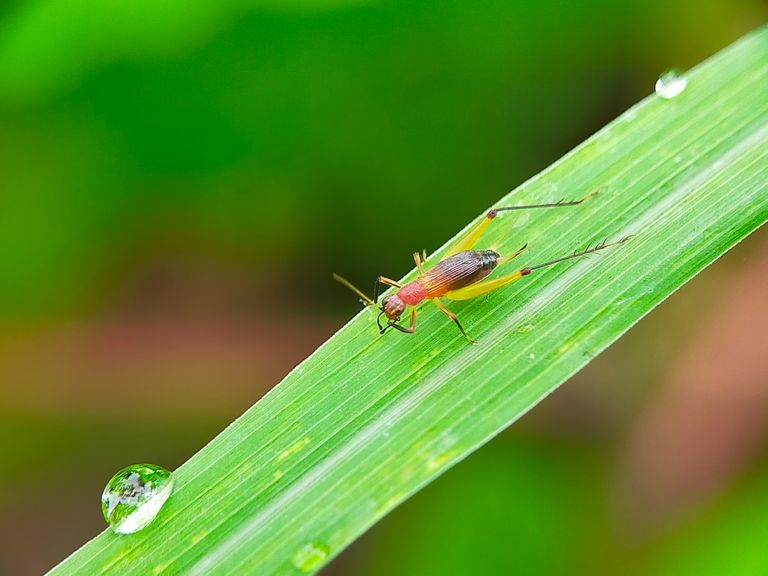
Gangsir cricket (Tarbinskiellus portentosus) female
Crickets are small to medium sized insects, most of which are cylindrical in shape (some species have slightly flattened bodies). Its head is almost round, with a pair of long, dangling antennae that appear just in front of the compound eyes. On the forehead there are three ocelli (singular: ocellus), which are simple eyes or single eyes. Behind the head lies the pronotum, the first thoracic vertebra, which is firm and smooth without a dorsal ridge or rim. The male house cricket (Acheta domesticus) is chirping. Behind it again lies the many-segmented abdomen. At the ends are a pair of cerci, which are soft, thorn-like feelers and—in the female—a long, smooth, shiny needle-like ovipositor. The femora ('thigh'; ie the third segment) on the hind legs, are large and useful for jumping. The tibia ('calf', fourth segment) of the hind leg is provided with a row of movable spines; which varies according to the species. The tibia on the forelegs is generally equipped with one or two tympani (singular: tympanum, 'eardrum') which function to capture sound vibrations. The wings of crickets seem to stick tightly around the upper side of the abdomen. These wings vary in size and color according to the type of cicada: some are long, some are short, and some are even wingless. The front wings are the elytra which are made of stiff chitin, which function as a relatively soft abdominal protector, and in males also as a scraping organ for producing sound. The hind wings are like a thin membrane that functions to fly, and are folded when the cricket lands.

Crickets have a cosmopolitan distribution, found in all parts of the world except in cold regions above latitude 55° to the north and south. These insects colonize large and small islands, by air (flying) or water (carried by wood or other plant parts floating in the sea), or transported by human activities. The highest diversity of crickets is in the tropics. Near Kuala Lumpur, for example, as many as 88 species have been recorded with a rattling sound from just one location; not to mention including the types that do not make a sound.[3] In Indonesia there are more than 100 species of crickets, and the most widely cultivated species are Gryllus Mitratus and Gryllus testaclus of the genus Gryllus. Crickets live in many kinds of habitats. For the most part, crickets live among grasses and grasses; but other species live in the undergrowth, and some in the eaves of the tree canopy. Crickets also live in the ground and caves; some dig shallow or deep holes in the ground, some just hide behind piles of rocks or weathered wood. A number of bamboo tubes for crickets to complain about are stored in specially made wooden boxes with legs. Tropenmuseum collection, Amsterdam. Crickets are classified as edible insects and are known in many countries. In rural Java, roasted or roasted crickets have long been used as a traditional snack. Crickets are also known as a food source of protein in other countries, especially in Asia: Thailand, Cambodia, China, Korea and Japan; and later also in the United States, Canada, and Australia.
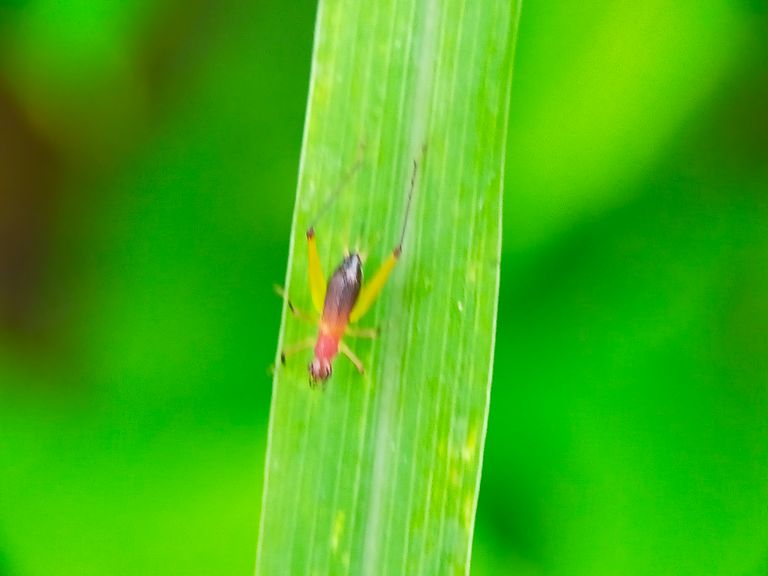
Since the first crickets often used as a game or entertainment. Village children in Indonesia usually raise crickets, especially necklace crickets (Gryllus bimaculatus) and celiring crickets (Teleogryllus spp.), to enjoy their sounds or to play with. Cricket fights involving adults are known to have existed in China since the Song Dynasty (960-1278 AD). This custom was later brought into Java by the Chinese, and then it pervaded all the citizens of the Jogyakarta Palace during the reign of Sultan Hamengku Buwana VII (1877-1921). The word "cricket" was once used to denote a low quality; for example in the term "cricket computer" which means an assembled computer, not a well-known branded computer (branded). This word is also used as a swear word in East Java, which is said to be a play on or a refinement of the word jancok. This swear word was then adopted as the title of a film, "Jangkrik Boss!" produced by Falcon Pictures. In the world of sports, cricket fighting is a bloody sport that involves fighting male crickets.
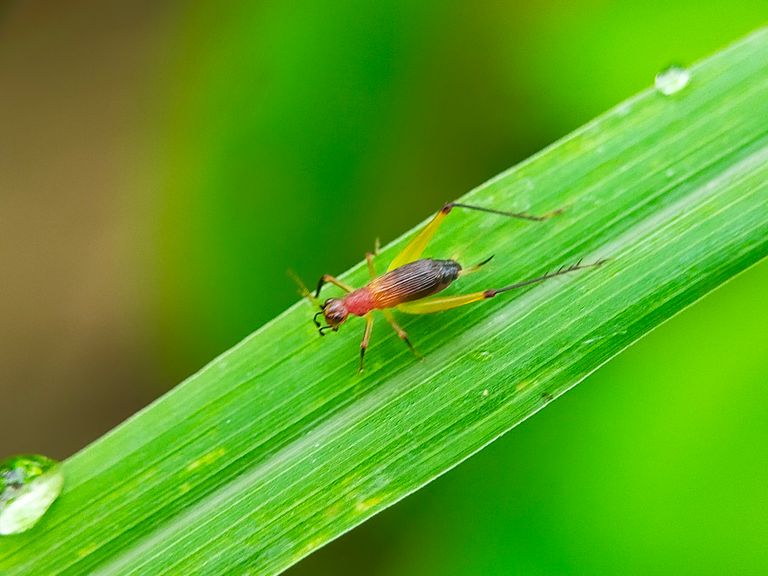
For now, not only do we raise cattle, but crickets can also be livestock, but not all types of livestock can be raised. Crickets can actually be used as a promising business opportunity. Crickets are insects that are common in rural areas. In villages, the singing of crickets can often be heard at night. Their voices that are shouted at each other are able to soothe the heart so that anyone who hears them seems to be carried away to the peaceful nuances of nature. Who would have thought, these small insects have such tempting potential because crickets can be raised as food for several other animals, such as birds, fish, and also reptiles. . So do not be surprised, if in the end the demand for crickets is quite high in the market. Although currently the cricket livestock business tends to fade, the opportunity is still there. In fact, we can make it a trend that is coming back to life considering that more and more people are interested in keeping various types of animals at home. Crickets are a type of herbivorous insect that consumes young leaves as their daily food. Some types of leaves that crickets like are mustard greens, lettuce, cucumber, spinach, and papaya leaves. Given the type of feed that is not too difficult, cricket farming is an alternative business that is not too difficult to do, especially for beginners. So, if you are interested to try their luck in this business, first know some of the important steps that need to be taken so that crickets can generate fantastic profits.
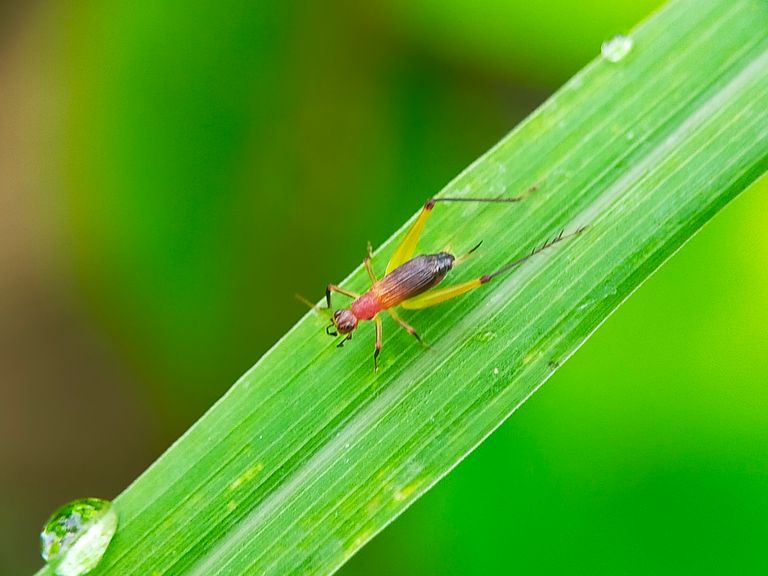
It would be nice if we separated the place for mating the crickets with the rearing place for the chicks. Also make sure the conditions of the cage are made as similar as possible to their habitat in the wild. To manipulate this, we can smear the walls of the cage with clay or various dry leaves such as banana leaves, teak, to wood shavings. We need to remember, the crickets to be mated must come from the same species. the same one. This is because if the male and female brooders come from different species, the marriage will fail and will never occur. The easiest way to mate crickets is to put the male and female sires into the cage with a ratio of 2:10. Prepare a sandbox or soil in the cage to be used as a medium for laying eggs. During the mating period, male crickets will make continuous rattling sounds and shout at each other. Meanwhile, female crickets that have been fertilized will produce eggs that are placed in the sand or soil. We must ensure that these crickets receive sufficient food intake during the mating period. Don't forget to always throw away the leftover feed every day so it doesn't rot in the cage. After the cricket eggs hatch, the next step is to feed them. Crickets that have just hatched at the age of 1 to 10 days are usually given chicken feed or voor made from mashed brown rice, soybeans, or dry corn. However, after passing the 10 day period, these cricket puppies can be fed vegetables such as corn. young added cucumber, cassava, or sweet potato.
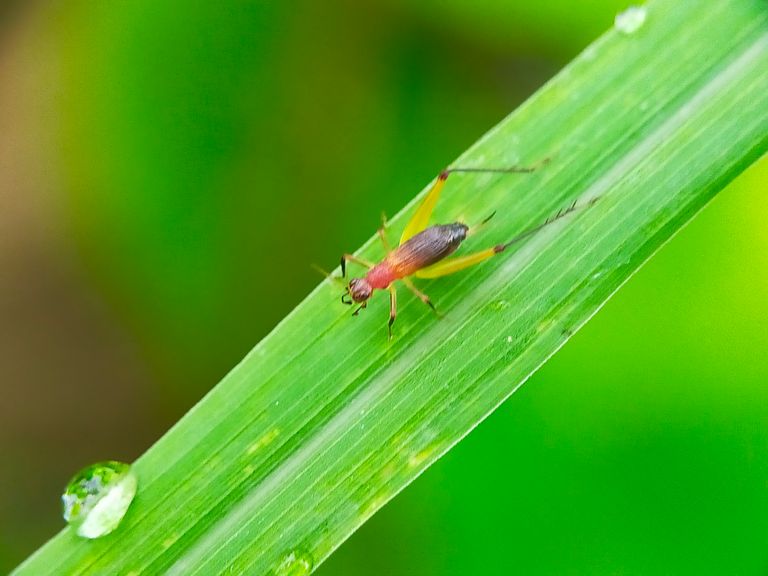
Crickets are one of about 2,400 species of jumping insects (order Orthoptera) that are spread throughout the world. This animal is called one of the noisiest insects on Earth, because of the distinctive loud sound that male crickets make at night. For some people, the sound of crickets may be annoying, but crickets actually sound to attract the attention of female crickets or to drive away other male crickets. Also read: Male Crickets Sing at Night to Attract Females for Mating Cricket family Scientists place cricket species in the Gryllidae family. It comes from the Latin word gryllus for cricket. There are many related species in the family, including scaly crickets, spiders and ants. While unlike crickets, they have a lot in common. In all, there are about 2,400 known species. Meanwhile, the scientific name for crickets is Acheta domesticus. Crickets vary in length from 3 to 50 mm (0.12 to 2 inches). They have thin antennae, hind legs modified for jumping, three-jointed tarsal (leg) segments, and two slender abdominal sensory appendages (called cerci).

The two forewings are stiff and leathery, and the two hind wings are long and webbed for flight. Cricket sound Male crickets make a chirping sound, by rubbing scrapers located on one forewing along a row of about 50 to 250 teeth on the opposite forewing. The sound frequency of crickets depends on the number of teeth struck per second and varies from 1,500 cycles per second in the largest cricket species to nearly 10,000 cycles per second in the smallest cricket species. The most common cricket sound is the 'song call' to attract female crickets for courtship, which in turn encourages females to mate and copulate. Also read: This giant cricket is named after the Prime Minister of New Zealand Jacinda Ardern. In addition, the sound of crickets is intended for fighting to drive away other males in their territory. Both sexes of crickets have very sensitive organs on their front legs for sound reception. There is a direct relationship between the sound level of the crickets and temperature, as the temperature increases, the crickets sound louder and louder. Habitat and food for crickets Crickets are found in almost all of the world's habitats, except in the far north and south. They spend most of the day hiding in crevices, leaves, bark, rocks, and logs. Crickets only come out into the open at night. Crickets choose a very diverse type of food. Some species of crickets will eat fruit, leaves, flowers, grass, seeds, mushrooms and other bits of organic matter. While other species will eat insects and other invertebrates.
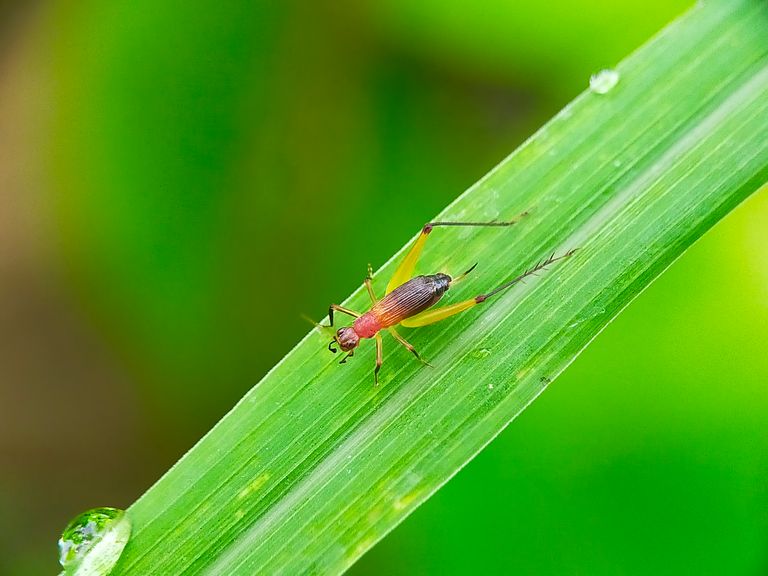
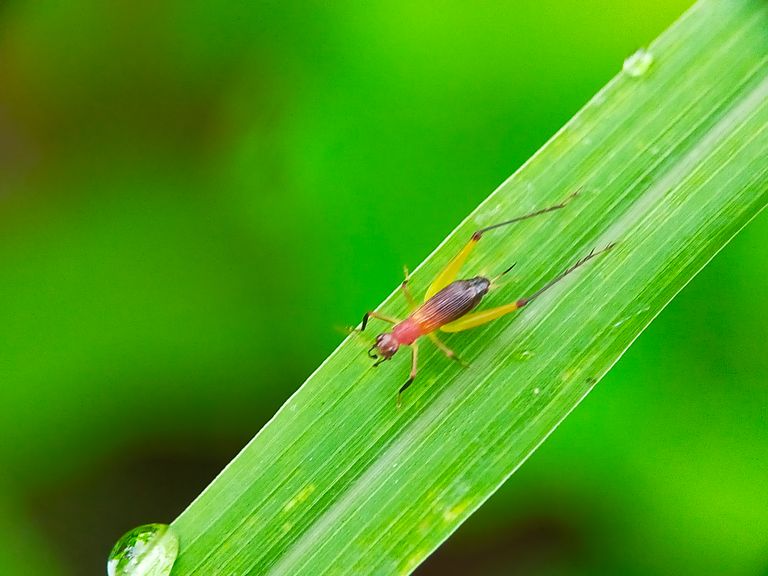

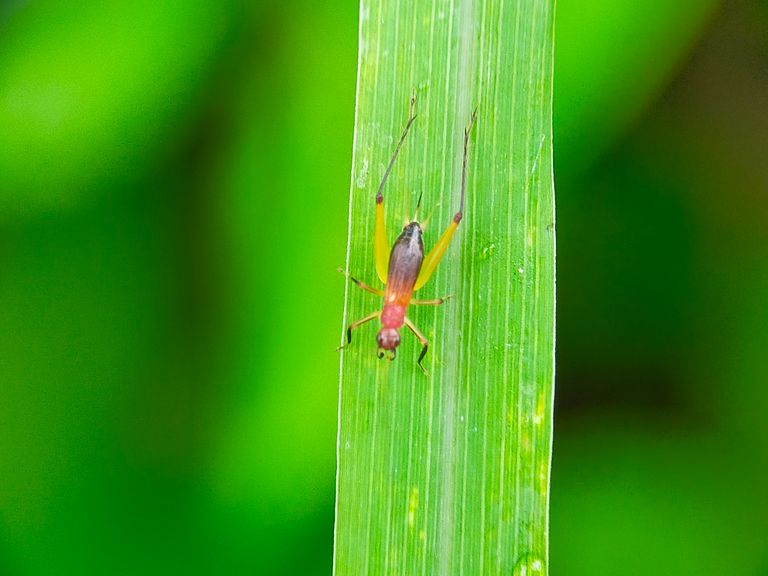
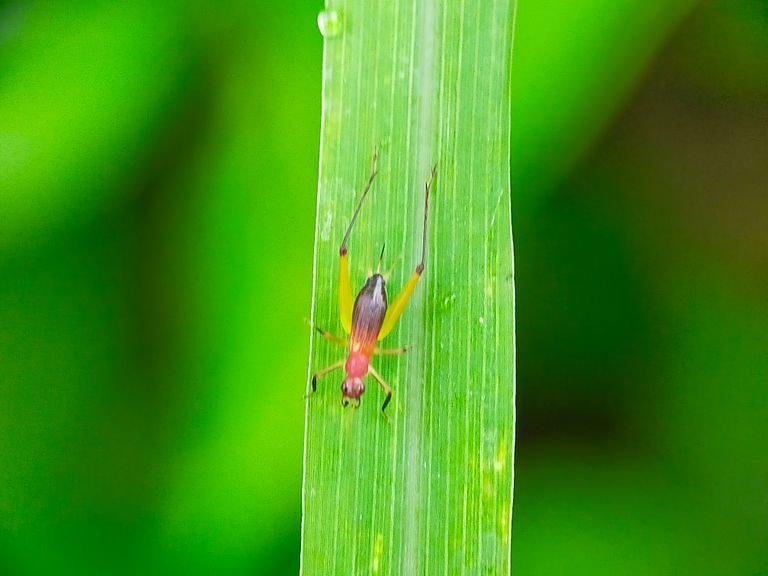
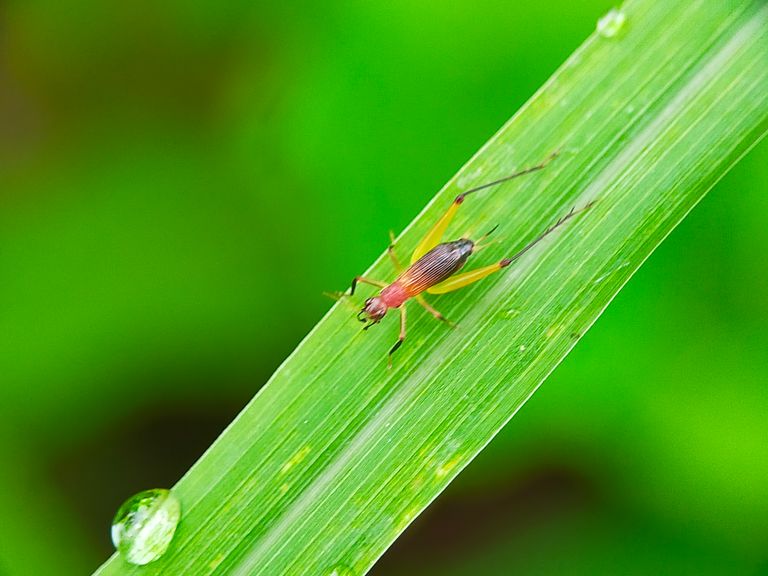


This is all I can say more and less I apologize, hopefully it will be useful for me, and hopefully it will be useful for all readers in general, thank you for visiting my blog, don't forget to follow and vote for my posts. , and one more thing, don't forget to share this post with other friends.
Thank you for visiting my blog, don't forget to follow and vote for me to post, and others don't forget to share this post with other friends.
Greetings to all on Blurtter...
** Your post has been upvoted (28.31 %) **
Curation Trail is Open!
Join Trail Here
Delegate more BP for bigger Upvote + Daily BLURT 😉
Delegate BP Here
Upvote
https://blurtblock.herokuapp.com/blurt/upvote
Thank you 🙂 @tomoyan